Did you know? Emerald ash borers have destroyed over 100 million ash trees across the United States—thousands in the Kansas City area alone, with infestations spreading faster than you’d expect. Ash borer treatments Kansas City are no longer optional for homeowners—they’re essential for preventing catastrophic loss of tree canopy, property value, and unique urban scenery. In this comprehensive guide, you’ll learn how to spot emerald ash borer damage, why swift action matters, which treatments deliver results, and practical steps to save your ash trees before it’s too late.
Why Immediate Ash Borer Treatments Kansas City Are Essential: The Shocking Impact of Emerald Ash Borers
The arrival of the emerald ash borer in the Kansas City area has resulted in the rapid decline of countless ash trees. These invasive pests burrow under the bark, disrupting water and nutrient flow, and ultimately causing ash trees to die within a few years if left untreated. Homeowners are often shocked to learn that once a tree shows severe symptoms, it may be too late to save. Municipalities and arborists alike have confirmed that ash borer treatments Kansas City can mean the difference between a thriving tree and hazardous removal costs.
Emerald ash borer infestation isn’t just a risk to individual properties—it threatens the urban tree canopy and environmental health of the entire Kansas City metro region. Without immediate pest control and public awareness, entire neighborhoods could lose their iconic green streetscapes. Acting quickly by investing in ash borer treatments is not only about saving your ash tree, but also about protecting your property value and local ecosystem integrity.
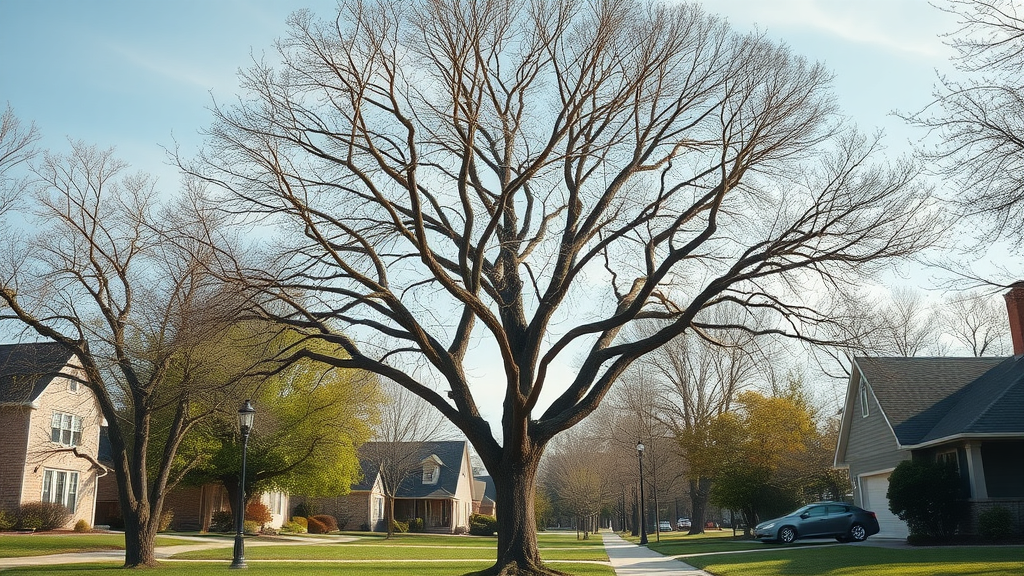
In this post, you’ll discover:
How ash borer treatments Kansas City can save your trees and property
The biology and spread of emerald ash borer infestation in the Kansas City area
Treatments, timelines, and costs for effective pest control
Actionable steps to identify and protect your ash trees
Ash Borer Treatments Kansas City: Understanding Emerald Ash Borer Infestation
What Are Emerald Ash Borers and Why Are They Threatening Ash Trees in Kansas City?
The emerald ash borer beetle (Agrilus planipennis) is an invasive insect native to Asia, first discovered in the United States in 2002. This metallic green borer beetle targets only ash trees, laying eggs on bark and eventually unleashing larvae that eat through the tree’s transport tissues. Once larvae hatch, they create winding tunnels under the bark, blocking the flow of water and nutrients. This leads to the rapid decline and eventual death of the infested ash tree .
The threat is particularly severe in Kansas City because ash trees were widely planted throughout the area in the last century for their hardiness and shade. Now, nearly all untreated ash trees are at risk. The spread of emerald ash borer infestation often goes unnoticed until the damage is done, with adult beetles capable of flying up to half a mile and infesting new trees quickly. The combination of the beetle’s resilience, the tree’s delayed response, and the pest’s rapid multiplication makes professional pest control and ongoing vigilance paramount for every homeowner with ash trees.

The Scope of Ash Borer Infestation in the Kansas City Area
Since the emerald ash borer was first detected in Wyandotte County, the infestation has spread to virtually every corner of the Kansas City metro area. City and county records show that tens of thousands of ash trees are now considered at risk, and it’s estimated that unprotected trees may only survive for 1–3 years after initial infestation. Long-standing neighborhoods with mature ash trees are facing the dual threat of losing tree canopy and incurring substantial removal or replacement costs.
Efforts by city area forest health programs, community partnerships, and local certified arborists are underway to slow the spread, but homeowners remain the first line of defense. Understanding that the risk isn’t isolated: if one tree in your yard becomes infested, it’s very likely the infestation will spread to neighboring properties and throughout the Kansas City metro.
Detecting Emerald Ash Borer Infestation: How to Recognize Signs in Your Ash Trees
Visual Symptoms of Ash Borer Damage in Ash Trees
Early detection of emerald ash borer infestation is crucial. From the ground, you might spot thinning canopies, where dying branches appear at the top of the tree. Up close, look for distinctive D-shaped exit holes , the telltale sign of adult beetles emerging from the bark. Bark splitting, serpentine ( shaped exit ) larval galleries just beneath the surface, and increased woodpecker activity are also strong indicators of an ash borer infestation .
The ash borer beetle targets a tree’s vital vascular tissues, which can quickly deplete the tree’s ability to move water and nutrients to the upper canopy. This results in patches of dead or yellowing leaves, premature leaf drop, and epicormic sprouting (new shoots from the base or trunk). Identifying these symptoms promptly enables more effective intervention with ash borer treatments Kansas City before the tree’s health declines beyond recovery.
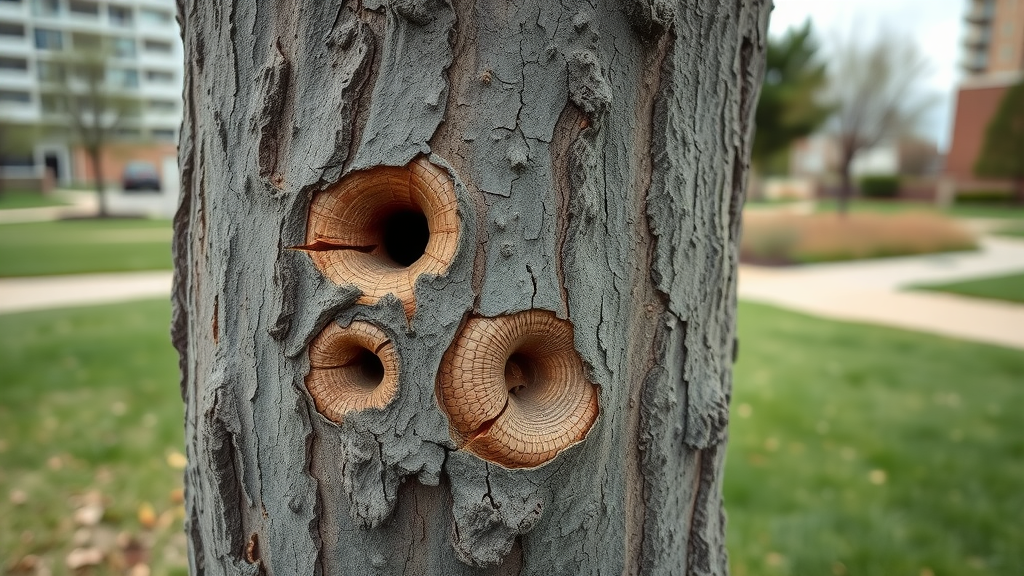
When to Suspect Emerald Ash Borers in Kansas City
If you notice any combination of canopy thinning at the top of the tree, bark splitting, D-shaped exit holes, or increased activity of woodpeckers—a known predator of ash borer larvae—it’s highly likely your ash tree is infested. These symptoms become more apparent in late spring and early summer as adult beetles emerge and begin laying eggs. Ash trees in neighborhoods already marked by city metro pest alerts should be watched even more closely, as infestations can move rapidly from one tree to the next.
Even if your tree looks healthy from a distance, small exit holes or minor bark damage on the trunk likely indicate larval activity. Proactive professional inspections and, if necessary, immediate application of ash borer treatments in Kansas City are the best strategies to contain the threat and avoid tree removal costs that can run into the thousands.
Top Ash Borer Treatments Kansas City Offers: Protecting Your Ash Trees
Professional Pest Control Solutions for Emerald Ash Borer
For households in the Kansas City area, seeking out professional pest control services is the most effective strategy for combating emerald ash borer. Certified arborists and licensed pest control experts use systemic insecticides, which are injected directly into the trunk of the tree to target larvae feeding beneath the bark. Popular treatments such as emamectin benzoate are highly effective, often providing protection for up to two years with a single application. These professionals will also assess each ash tree ’s health status and craft a management plan tailored to your property and local city area guidelines.
Professional treatments not only preserve the life of your trees but also ensure safe application and compliance with Kansas City pest control regulations. Working with a trusted, certified arborist ensures that trees are protected without risking the health of pets or the surrounding environment. Moreover, local experts remain current on city and state recommendations, giving you the most up-to-date defense against evolving borer beetle threats.
Comparing DIY and Professional Emerald Ash Borer Treatments
DIY treatments are available, typically in the form of soil drenches or sprays purchased at garden centers. While less expensive upfront, these solutions rarely match the effectiveness of professional-grade injections, especially for larger or mature ash trees in your yard. DIY products contain lower concentrations of active ingredients and can be tricky to apply correctly, sometimes posing risks to nearby plants, water sources, or wildlife.
The Kansas City metro recommends professional intervention for anything beyond the smallest saplings, as missing a treatment or applying it late can allow the infestation to persist and cause irreversible damage. Although DIY can be a stopgap measure, the consensus is clear: professional pest control delivers far better results and long-term cost savings.
Treatment Timelines: When to Apply Ash Borer Treatments Kansas City
The optimal time for ash borer treatments Kansas City is late spring to early summer, when larvae are actively feeding under the bark. This ensures that the systemic insecticide is distributed throughout the tree’s vascular system before new adult beetles emerge. Trees in advanced decline ( more than 50% canopy loss ) may not recover, so early intervention is crucial.
Most certified professionals recommend annual inspections and repeat treatments every one to two years, depending on the product and presence of neighboring infestations. Acting quickly not only improves the likelihood of saving your tree but also reduces risk of spreading to others nearby.
“Acting quickly with ash borer treatments Kansas City can mean the difference between saving your ash tree and removing a hazardous dead tree in a few years.” – Local Arborist, Kansas City
Cost Analysis and Value: Ash Borer Treatments Kansas City vs. Tree Removal
Table: Ash Borer Treatments Kansas City – Average Costs, Effectiveness, and Longevity vs. Tree Removal Costs | |||||
Treatment/Service |
Average Cost per Tree |
Expected Longevity |
Effectiveness |
Pros |
Cons |
|---|---|---|---|---|---|
Professional Systemic Insecticide Injection |
$200–$400 |
1–2 years |
High (80%+ if tree is <50% affected) |
Preserves mature trees, prevents canopy loss |
Requires certified arborist, annual/biannual treatment |
DIY Soil Drench |
$50–$100 |
1 season |
Moderate for small trees only |
Lower upfront cost, easy to purchase |
Less effective for large or advanced infestations |
Tree Removal & Stump Grinding |
$1,000–$3,000+ |
Permanent |
N/A |
Removes hazard, required if tree is dead |
Costly, loss of shade/landscape value |

Best Ash Borer Treatments Kansas City: Trusted Products and Recommendations
Recommended Products:
Systemic Insecticides for Emerald Ash Borers: Emamectin benzoate, Imidacloprid
Local Pest Control Services in Kansas City: Certified arborists with proven track records of EAB success
City and Community Ash Tree Protection Programs: Kansas City Parks & Recreation, and participating county area initiatives
Larger or historic ash trees are best protected with trunk injection treatments applied every 1–2 years, especially as outlined by city metro recommendations. Meanwhile, participation in community-run protection programs can help keep costs manageable, streamline treatment timelines, and encourage neighborhood monitoring for advancing infestations. Each approach should be evaluated alongside your property’s unique needs, the size and health of your ash trees, and the prevalence of emerald ash borer infestation in your local Kansas City area.
Guidelines for Ash Tree Owners: When and How to Seek Professional Ash Borer Treatments
City Area Regulations for Ash Borer Treatments Kansas City
Kansas City and surrounding counties have specific requirements for the application of pest control treatments, especially those affecting ash trees in public easements or visible from right-of-way. Always consult city area resources or speak with a certified arborist to ensure compliance with local regulations before starting ash borer treatments. Penalties for unapproved chemical applications or untreated declining trees may apply in certain neighborhoods due to risk of falling limbs and spread of infestation.
Many city metro authorities now offer subsidized treatment programs or inspections, so be sure to review local websites or contact your county extension office, especially if you own large numbers of ash trees or participate in neighborhood preservation programs.
Coordination with the Kansas City Metro Community for Ash Tree Preservation
Preserving the Kansas City tree canopy requires collective effort. Successful neighborhoods leverage community watch groups, homeowner associations, or city-endorsed initiatives to monitor ash trees, report signs of infestation, and coordinate professional pest control services at scale. Some local programs group neighboring properties for bulk pricing, maximizing both cost savings and coverage area.
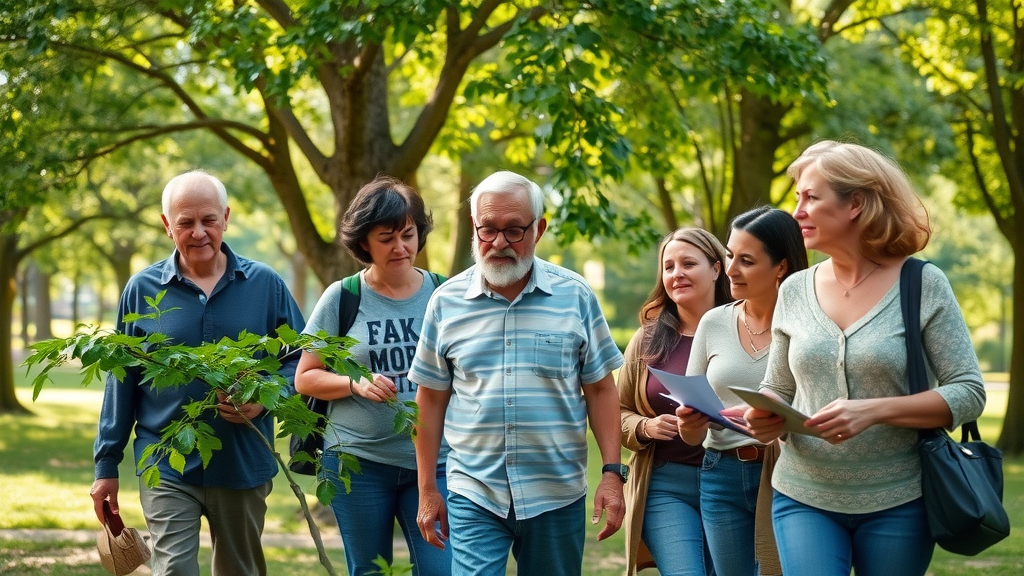
Engage with your neighbors, attend city area informational meetings, and advocate for inclusion in city-sponsored ash tree protection initiatives. These steps not only save individual trees but support the overall health and sustainability of Kansas City’s iconic landscape.
People Also Ask
How much does ash borer treatment cost?
The cost for professional ash borer treatment in Kansas City typically ranges from $200–$400 per tree for trunk injection, with most products lasting 1–2 years. DIY soil drench options are available for $50–$100 but are generally only recommended for small trees. Cost varies depending on the size and health of the tree and the extent of the infestation.
What is the best treatment for ash borer?
The most effective ash borer treatment in Kansas City is a systemic insecticide injection (such as emamectin benzoate) administered by a certified arborist. This approach delivers the insecticide directly to the tree’s vascular system, ensuring full protection for 1–2 years and maximizing the chances of tree survival if applied in time.
Does homeowners insurance cover emerald ash borer?
Most homeowners insurance policies do not cover damage or tree loss due to insect infestations like emerald ash borer. However, a policy may cover damage caused by a fallen infested tree if it results in damage to a covered structure. Check your individual policy and consult your insurance agent for details.
Can I treat my ash tree myself?
DIY treatments are possible, especially for smaller trees, using soil drenches or sprays available at many garden stores. However, these are less effective for mature ash trees or larger infestations. For comprehensive, long-lasting protection—particularly in the Kansas City area’s high-risk environment—professional pest control is strongly recommended.
Lists: Key Steps to Prevent Emerald Ash Borer Infestation in Kansas City
Routine inspection of all ash trees on your property
Immediate action when ash borer symptoms are detected
Regular interaction with Kansas City Metro forest health authorities
Keeping informed on city area pest control regulations and recommendations
Common Questions on Ash Borer Treatments Kansas City
Q: How long do ash borer treatments last in Kansas City?
A: Most treatments are effective for one to two years, depending on the type and severity of infestation.
Q: Are all treatments safe for pets and wildlife?
A: The majority of certified professional emerald ash borer treatments are safe when applied correctly by a pest control professional.
Strategic Takeaways for Ash Borer Treatments Kansas City Homeowners
Early detection and prompt action are crucial to protect ash trees from emerald ash borer infestation
The best defense is a combination of professional pest control, ongoing monitoring of city recommendations, and community engagement
“Kansas City’s urban canopy depends on proactive protection – don’t wait until it’s too late to treat your ash trees.” – Certified Arborist, Kansas City Metro
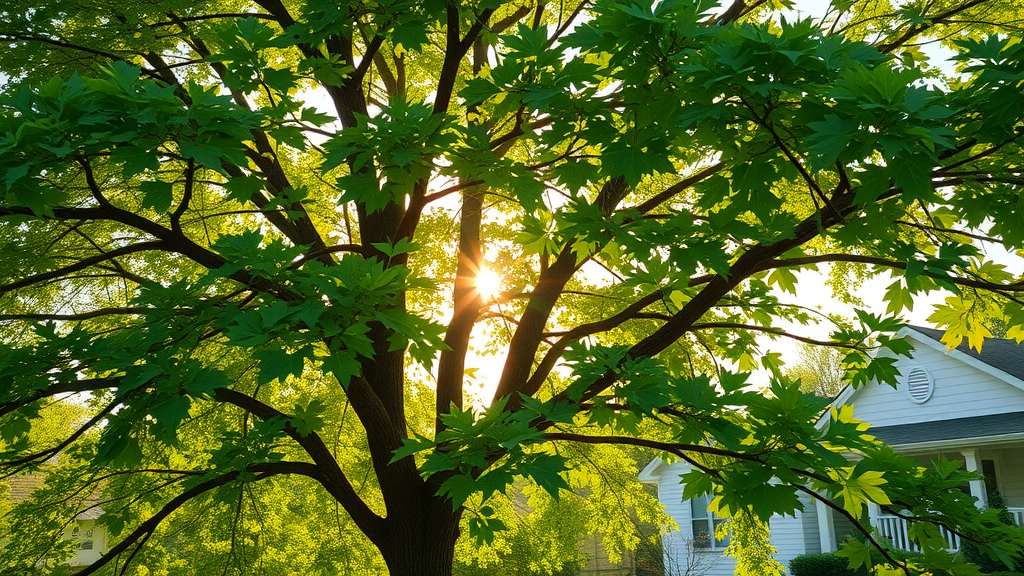
Take Action: Secure Effective Ash Borer Treatments Kansas City Today
Learn more about the city area pest control programs and professional services to save your ash trees and property value.
If you notice any potential emerald ash borer symptoms or haven’t had your ash trees assessed in the past year, contact a certified arborist or your city area extension office now. Proactive action can protect your investment, curb the spread, and preserve Kansas City’s beloved tree canopy for generations to come.
 Add Row
Add Row  Add
Add 

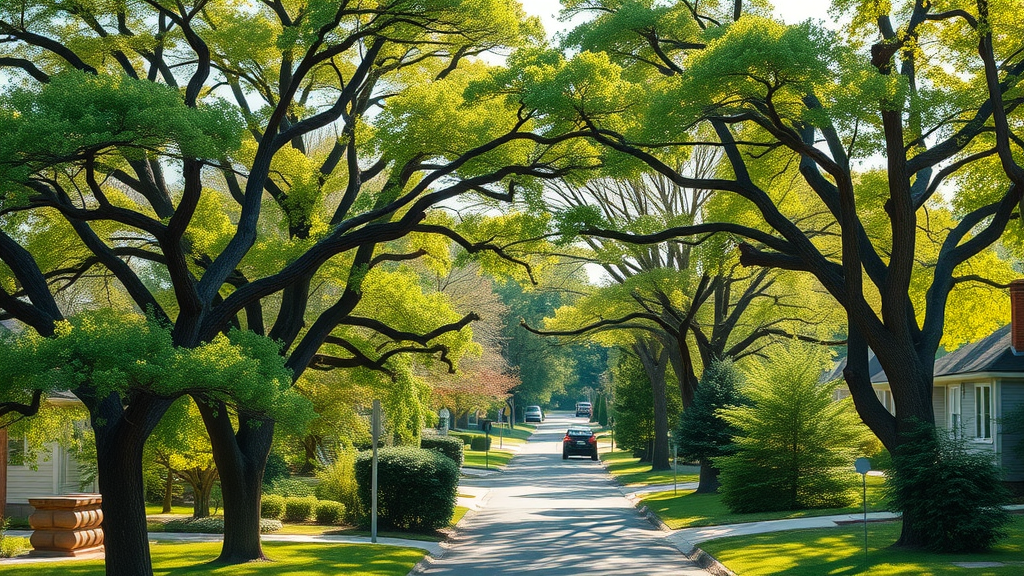
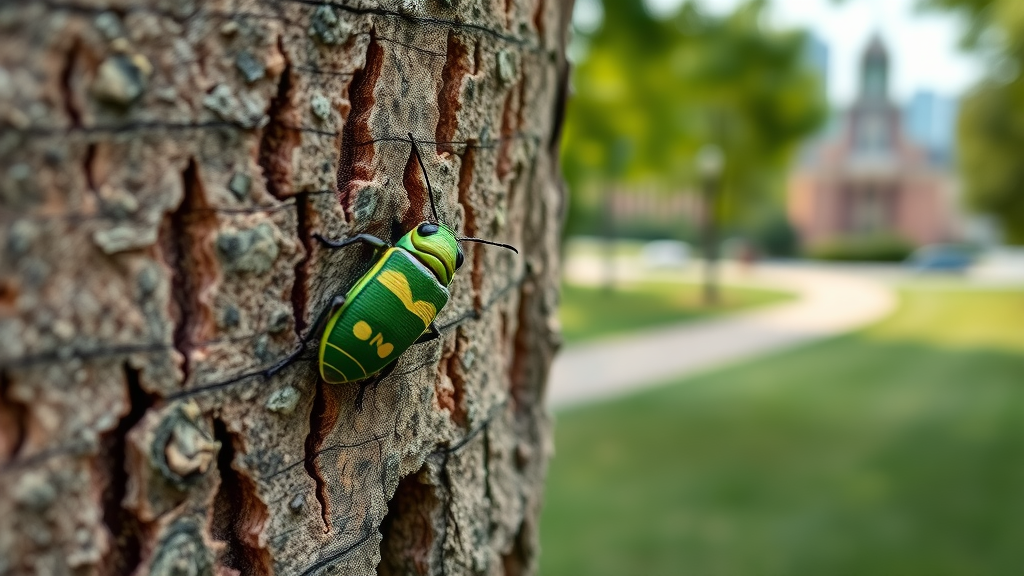

Write A Comment